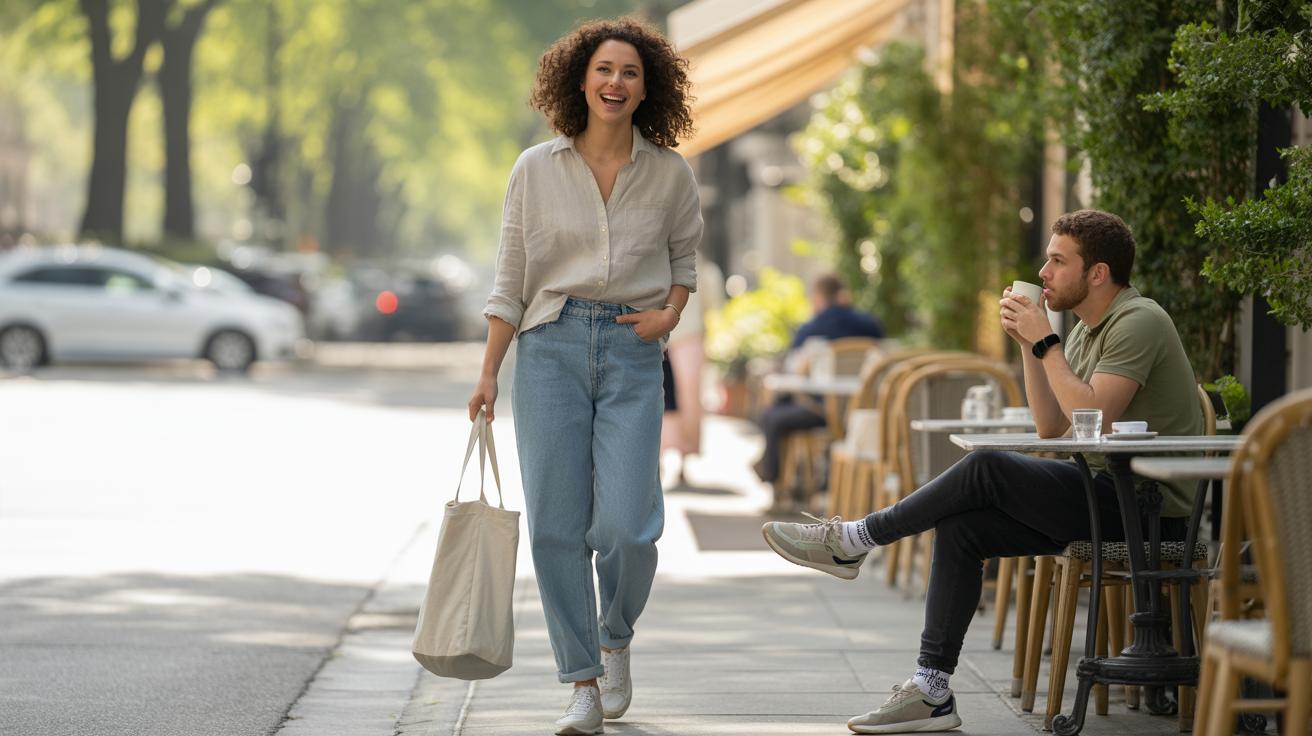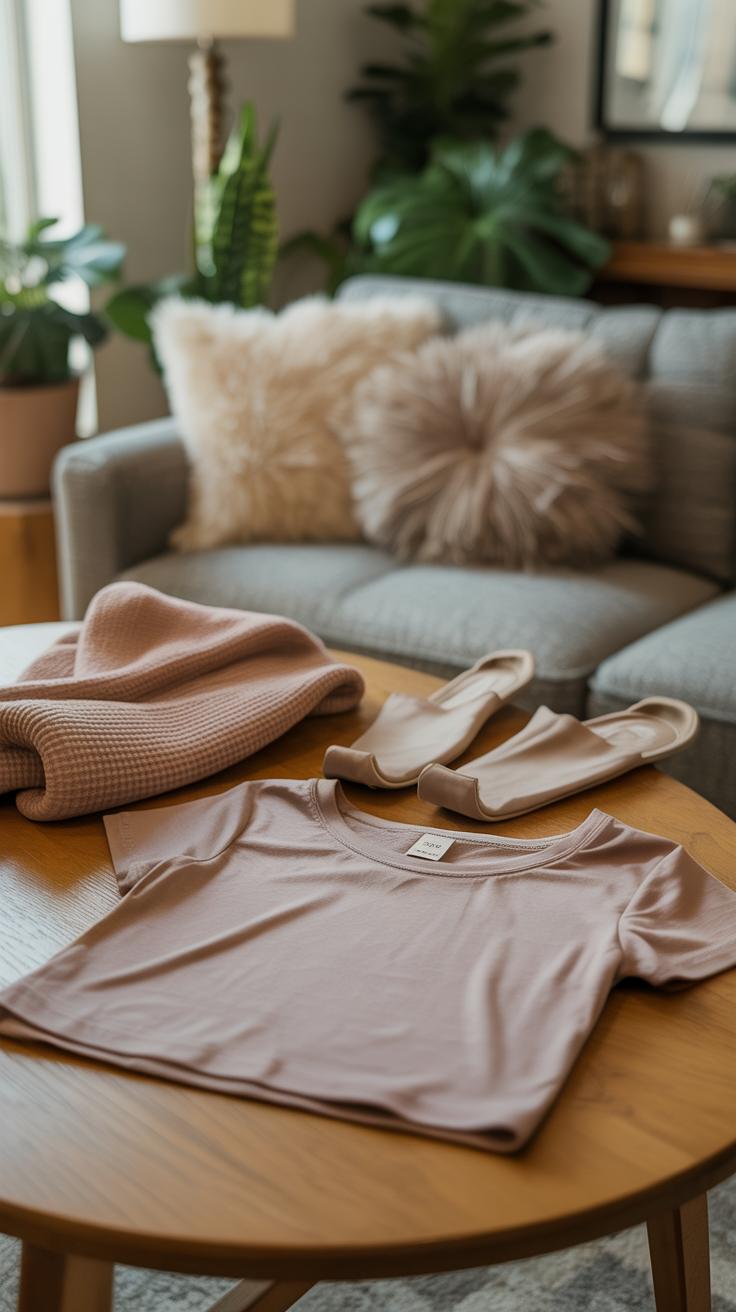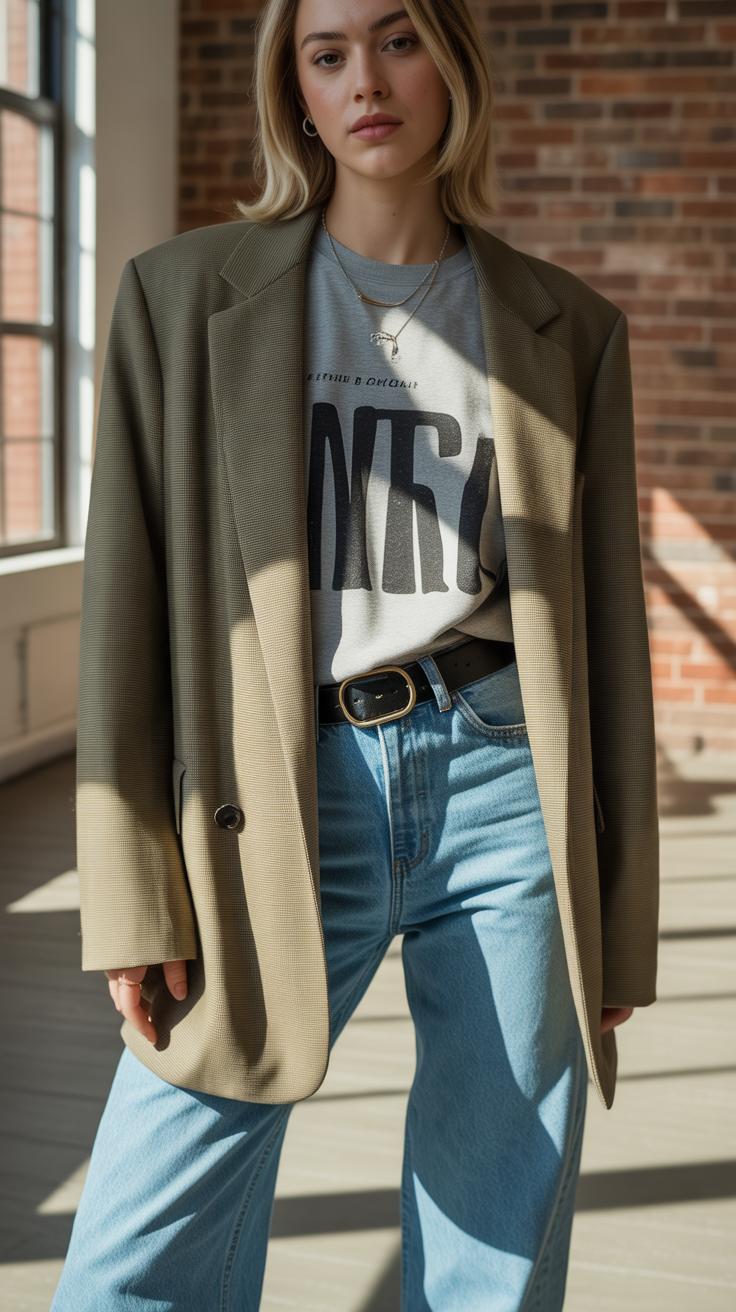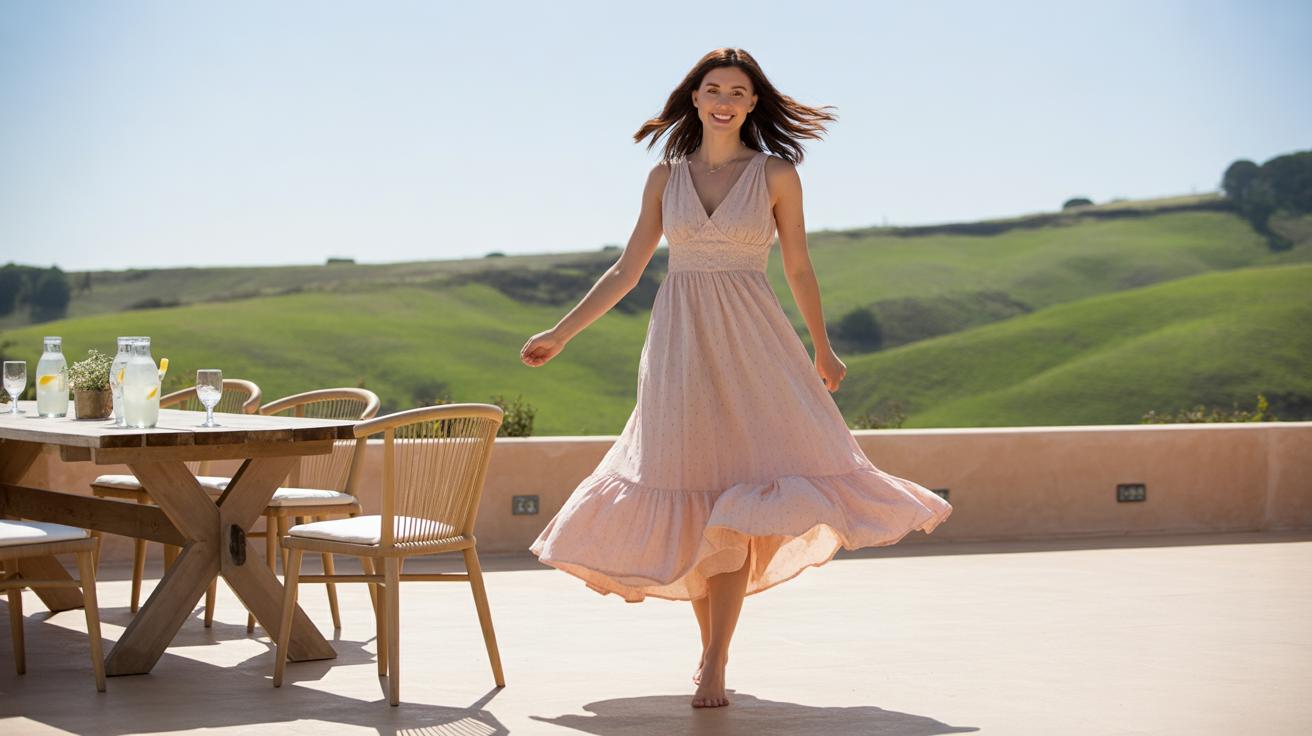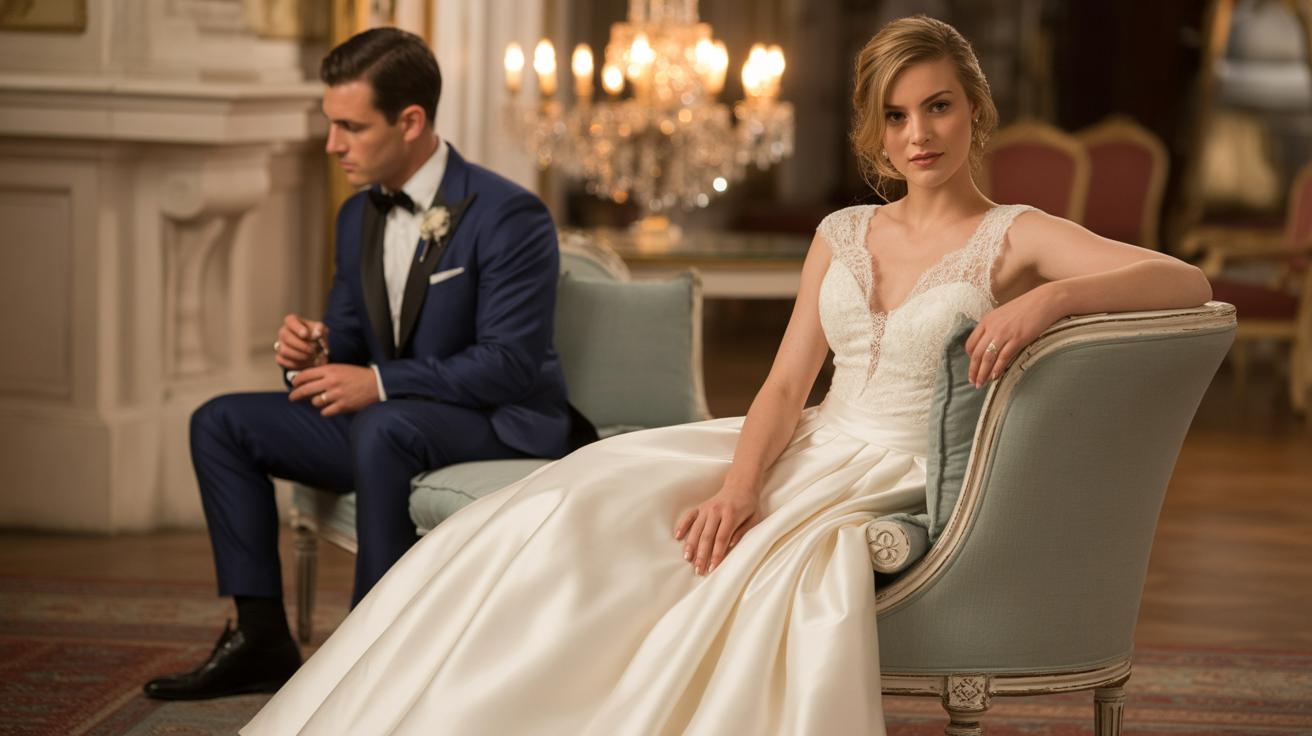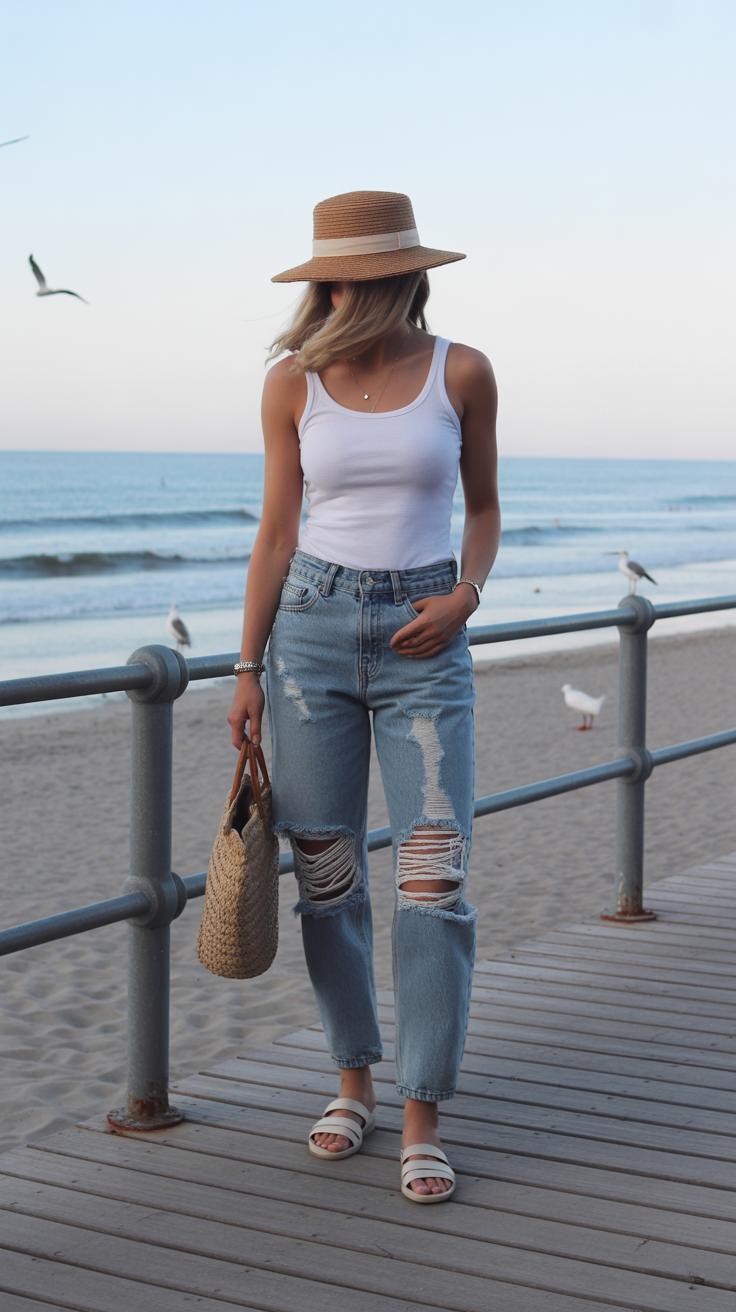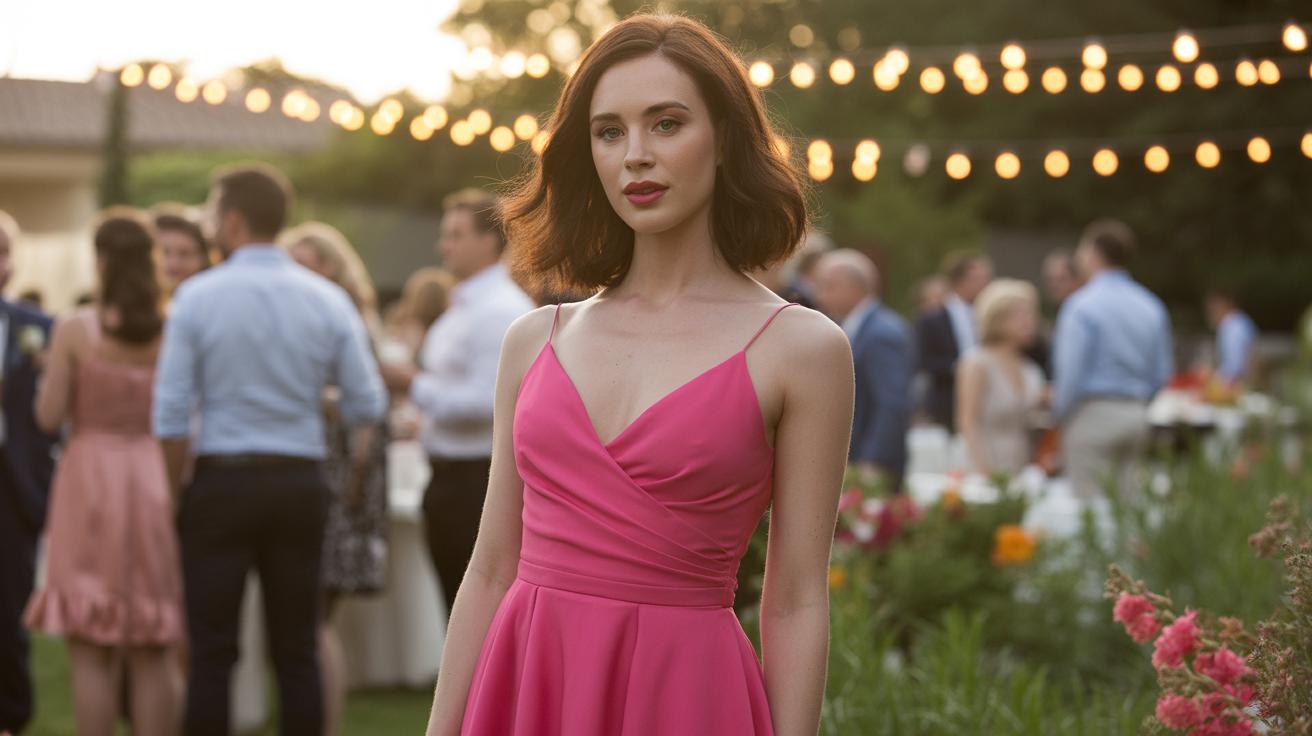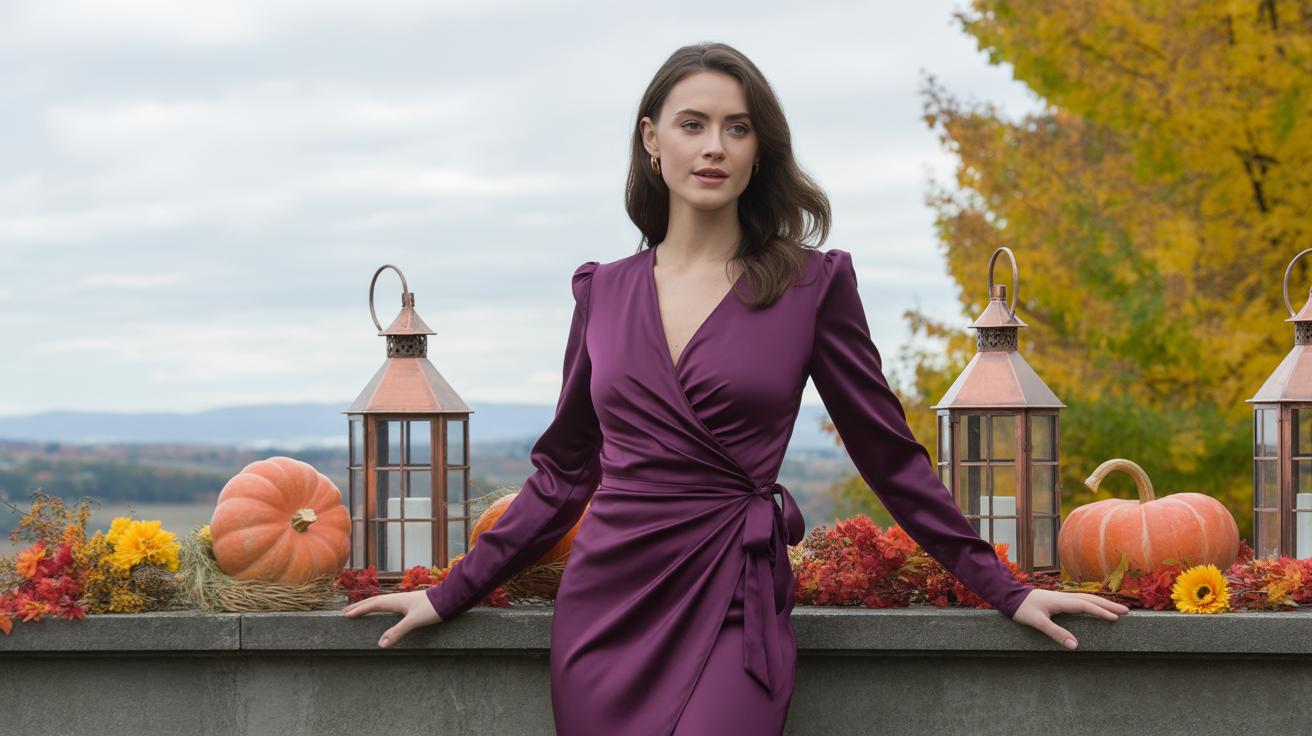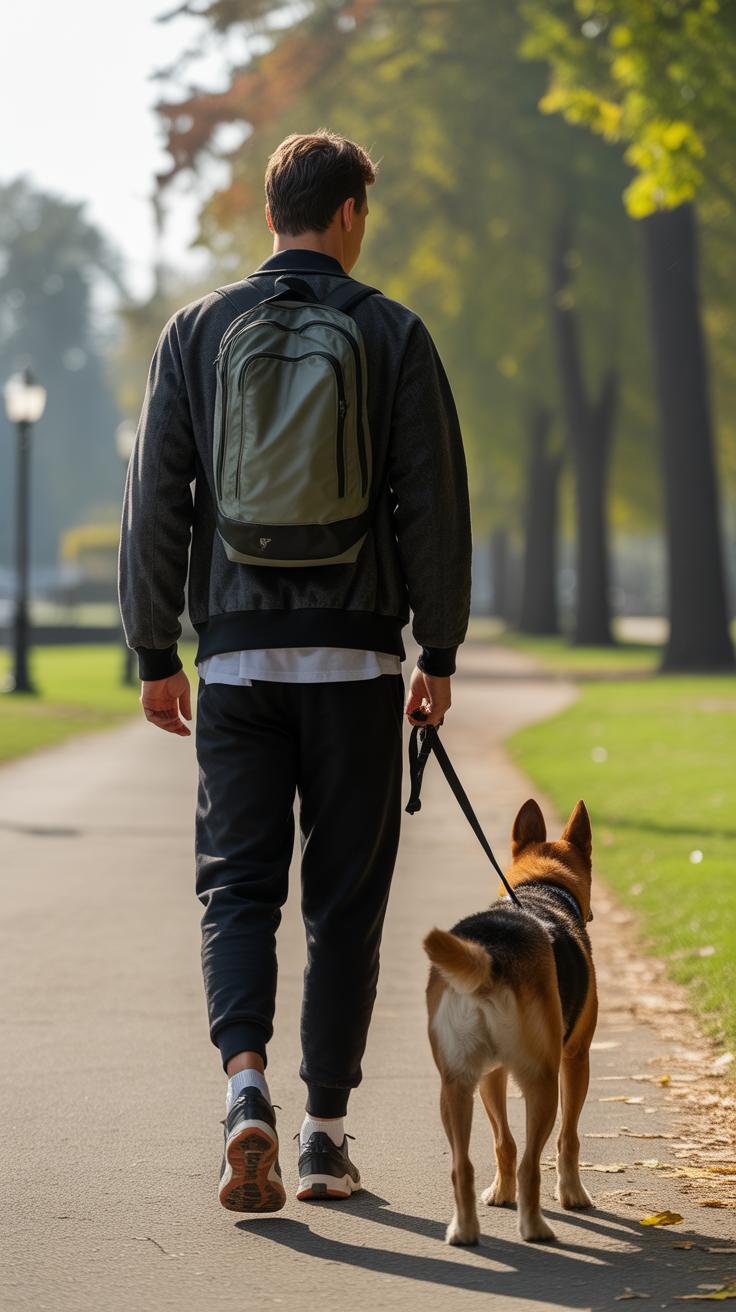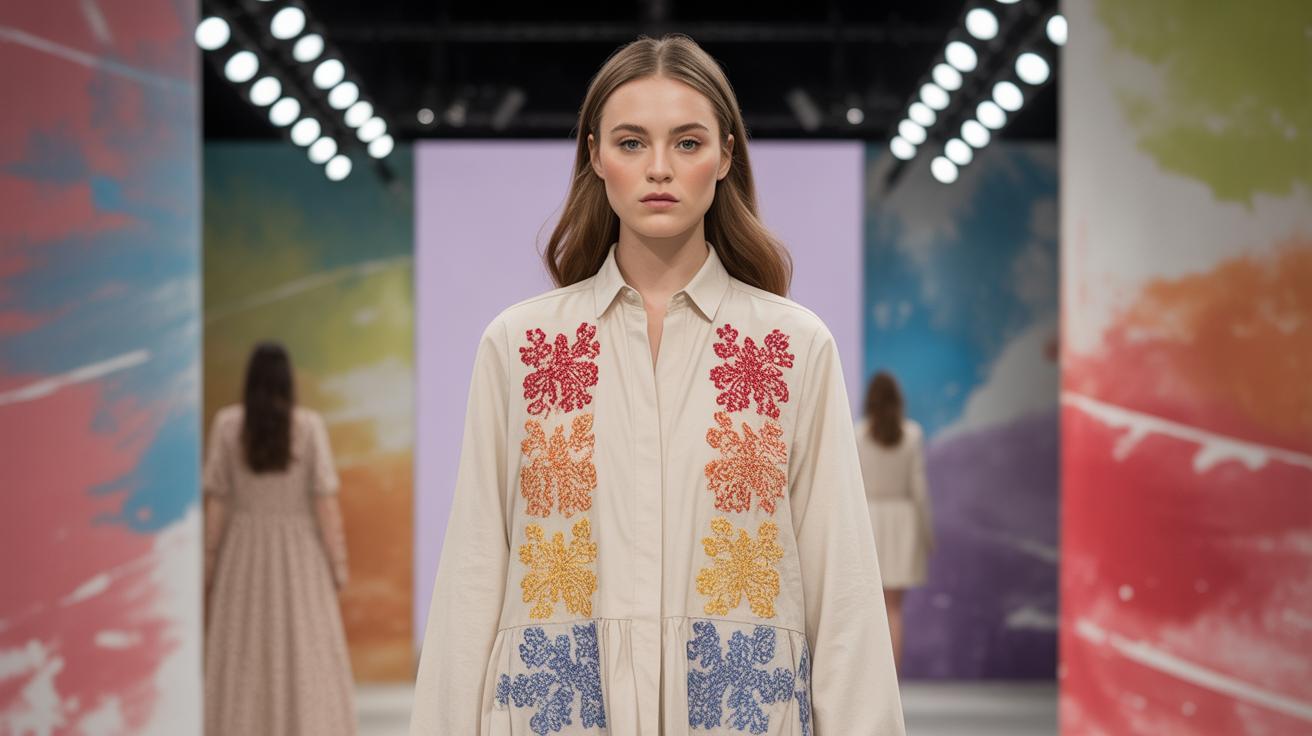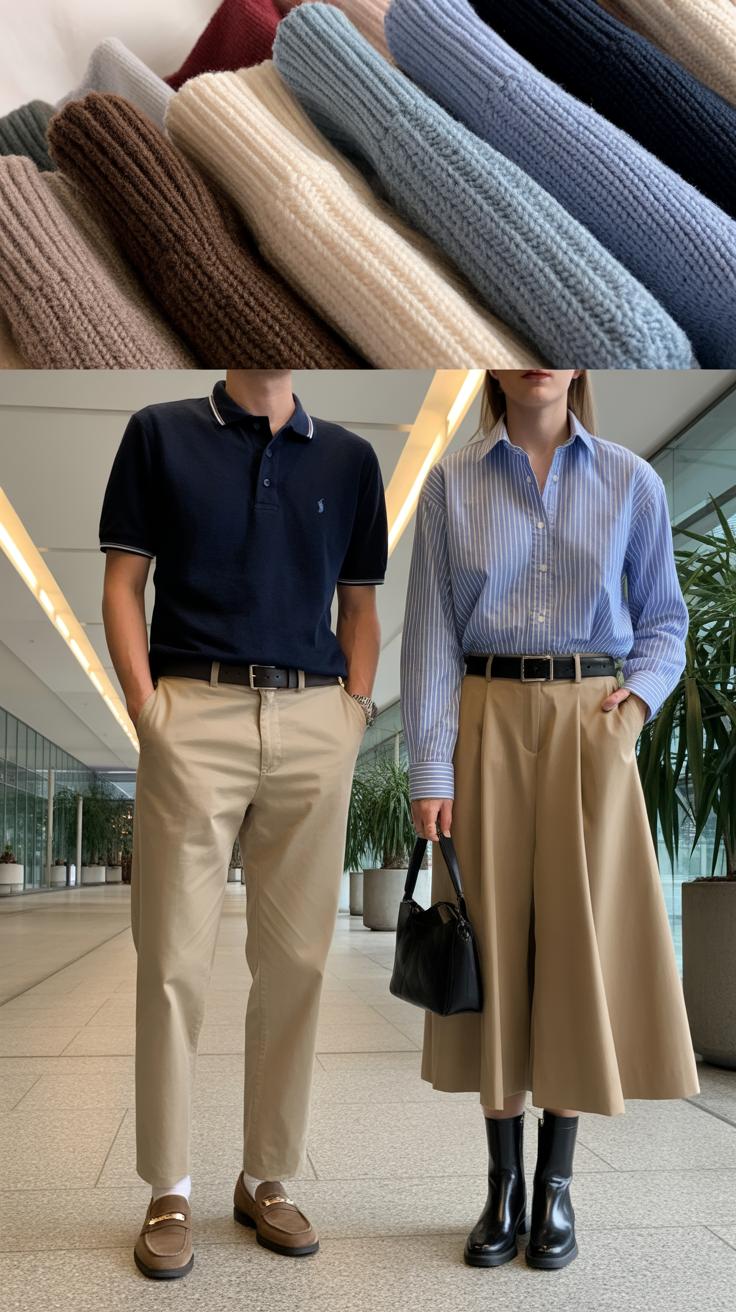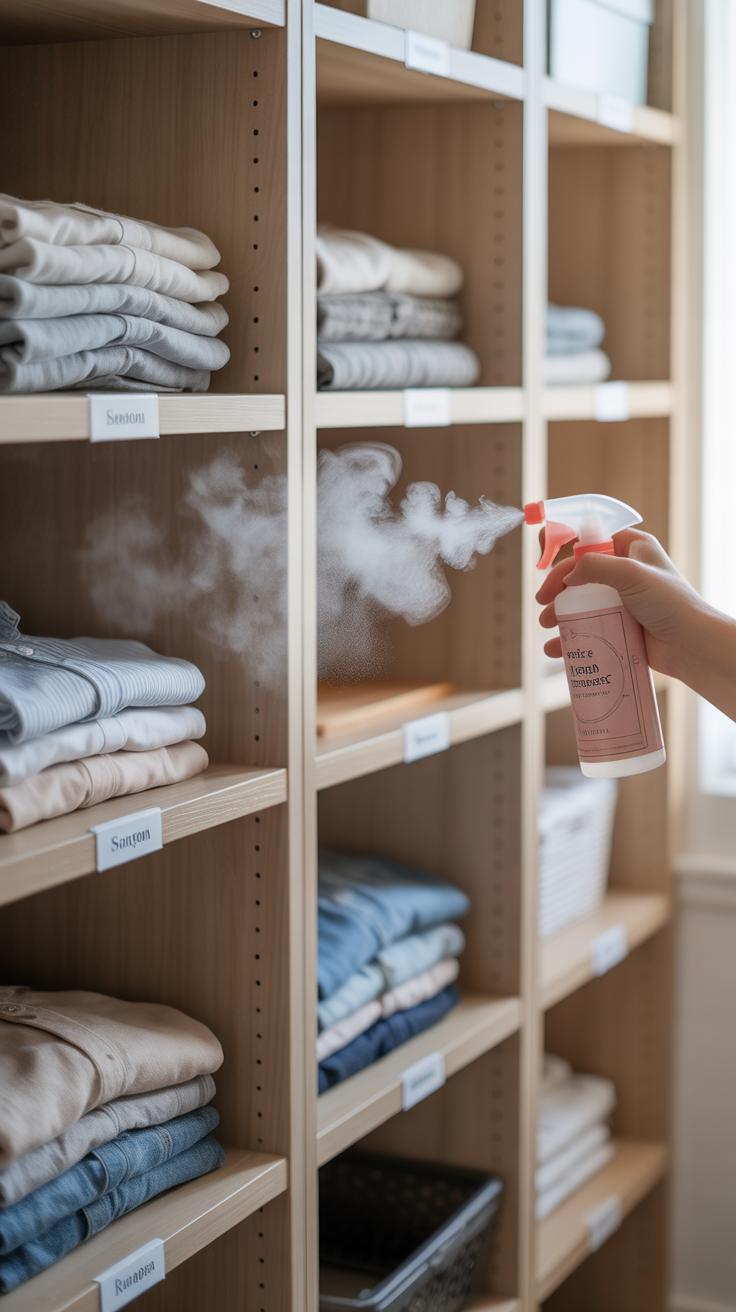Introduction
Every day, you face the challenge of choosing outfits that keep you comfortable while looking stylish. This article helps you find the right balance between comfort and chic style for your daily casual wear. By exploring simple and practical outfit options, you can update your wardrobe with pieces that make dressing easy and fun. Do you want to feel relaxed all day and still look good? You will find inspiration here.
Blending comfort with chic style means picking clothes that fit well, feel good on your skin, and reflect your personality. You don’t have to sacrifice style for comfort or vice versa. This guide shares ten everyday casual outfits that combine the two, letting you face each day with confidence and ease. Are you ready to rethink your casual wardrobe and build outfits that work for you?
Understanding Casual Comfort in Everyday Wear
Casual wear centers on comfort without sacrificing style. You want clothes that let you move freely and feel good all day. Key pieces include soft t-shirts, relaxed jeans, stretchy leggings, and lightweight sweaters. These items combine ease with function, fitting your daily tasks from running errands to lounging at home. Fabric choice plays a big role. Look for materials that breathe and stretch slightly, so you aren’t restricted. The right fit affects comfort and how confident you feel; clothes that are too tight or too loose can distract you from your day.
Comfort boosts confidence and helps you stay active. When you’re comfortable, you move with ease and carry yourself better. Think about staple items like a classic pair of straight-leg jeans or a cotton henley shirt. These basics blend seamlessly and mix easily with other pieces. Choosing outfits this way makes getting dressed simple and keeps your look polished without extra effort.
Choosing Fabrics That Feel Good
Cotton is a top choice for daily wear. It feels soft against your skin and lets air flow, keeping you cool. Linen works well in warmer months because it’s light and breathable, though it may wrinkle more. Modal has a smooth texture and stretches a bit, making it great for tops and dresses. Blends of cotton with synthetic fibers like polyester or spandex add durability and help clothes hold their shape.
When picking fabrics, consider the season and how easy they are to care for. Cotton and modal often wash well and dry quickly. Linen can be cooler but needs gentle handling. Breathability matters to avoid feeling sweaty or restricted. You want fabrics that support your daily routine without constant fuss.
How Fit Affects Comfort and Style
Fit is more than just size. The cut of your clothes changes how comfortable and stylish they feel. Relaxed fits give room to move and usually work great for casual days when you want freedom. Tailored looks can still be comfortable if the clothes are designed to stretch or have soft materials. They give a sharper appearance for occasions when you want to look put-together.
Knowing when to pick a looser or closer fit depends on your activities and personal style. If you’re sitting for long periods, stretchy pants with a relaxed waist might suit you best. For a casual outing, straight-leg jeans with a fitted top balance ease and polish. Trying on different cuts helps you understand what feels right. Clothes that fit well boost your confidence and make it easier to move through your day without distractions.
Incorporating Chic Elements Into Daily Casual Looks
Adding style to your everyday casual outfits doesn’t mean giving up comfort. Small changes create a polished look without feeling stiff or overdone. Start by choosing accessories that stand out but don’t weigh you down. Simple earrings or a sleek watch can make a big impact.
Pick shoes that look smart but support your feet all day. Layering plays a key role too. A well-fitted blazer or a lightweight cardigan can enhance your outfit’s shape without bulk. When you combine neutral tones with one or two pops of color, your look stays balanced and fresh.
Minimalist details like clean lines, smooth textures, and subtle logos or prints contribute to effortless chic. Ask yourself if each piece feels comfortable and looks tidy. This approach keeps your style modern while letting you move freely throughout your day.
Accessorizing for Casual Chic
Think about adding a medium-sized leather bag. It holds your essentials and completes your outfit with a refined touch. A simple watch with a leather or metal band adds structure and personality without fuss.
Scarves serve many purposes. Choose lightweight ones in neutral colors or gentle patterns to add softness to your look. Minimalist jewelry such as small hoops, thin rings, or delicate chains brings out your style without distraction.
These accessories give casual outfits a sense of care and intention. They elevate comfort-focused clothes, helping you express personality while staying practical. When you add these pieces, does your outfit feel more balanced and confident?
Choosing Footwear for Comfort and Appearance
Stylish shoes don’t have to hurt your feet. Sneakers with cushioned soles offer support and go well with jeans or dresses. Look for flats with arch support, designed to keep your feet comfortable during long days.
Loafers made from soft leather can add polish and stay breathable. Ankle boots with a low heel protect your feet and add a chic edge to outfits without sacrificing comfort. When picking shoes, consider how each pair supports your foot shape and fits your typical activities.
Comfortable shoes that coordinate with your wardrobe help you maintain a neat look all day. What shoe styles fit your lifestyle best while adding style to your casual looks?
Outfit Idea One Relaxed Denim and Simple Tops
Well-fitting jeans paired with simple tops create a casual look that blends comfort and style effortlessly. You want jeans that move with you without feeling tight or stiff. Choose cuts that suit your body type while offering ease, like straight leg or boyfriend jeans. These styles balance relaxed fit with a tailored appearance, making them ideal for daily wear.
When picking tops to match your jeans, stick to basic colors like white, black, or navy. Subtle patterns such as thin stripes or soft florals add visual interest without overwhelming the outfit. A clean, minimal top allows your denim to stand out while keeping the look polished and easy to wear any day.
Best Jeans Fits for Casual Comfort
Straight-leg jeans provide comfort with a clean line from hip to ankle. They work well for anyone seeking a balance between shape and ease. Boyfriend jeans add extra room in the hips and thighs, letting you sit, walk, and move freely. Slim-fit jeans offer a sharper silhouette but choose those with some stretch for all-day comfort.
Go for mid-rise or high-rise options to support your waist comfortably. Cropped lengths can keep the look fresh and are practical for warmer days. Medium blue or black washes suit casual daily use best since they pair easily with many tops and shoes without looking worn out or too bold.
Selecting Tops That Pair Well With Denim
Simple tops like plain t-shirts, blouses, or light knitwear make great partners for denim. Round necklines offer a classic look, while V-necks create subtle style variety. Sleeve length depends on the season; short sleeves or sleeveless tops work in warm weather, while long sleeves and light sweaters keep you cozy in cooler months.
Choose colors that blend seamlessly such as soft neutrals, pastels, or classic black and white. Smooth fabrics like cotton or modal breathe well and feel soft against the skin, enhancing comfort. Texture can add interest—try ribbed knits or lightweight button-ups for a slight twist without complicating the outfit.
Outfit Idea Two Athleisure That Goes Beyond Exercise
Athleisure offers a fresh take on casual style by blending comfort with a polished look. Pieces like joggers, hoodies, and stylish sneakers form the foundation of this trend. These items are soft and flexible, letting you move easily while looking put together.
You can pair black joggers with a crisp white t-shirt and a denim jacket to elevate the look. Swap gym shoes for sleek sneakers to keep it chic. A slim hoodie layered under a casual blazer turns workout gear into a smart outfit perfect for running errands or meeting friends.
Think about how these pieces fit your daily life. Can your joggers move from your morning walk to your lunch outing without a change? Styling athleisure well means mixing these pieces with casual wardrobe staples to create a look that feels relaxed but intentional.
Key Pieces for Athleisure Style
Essential athleisure items include joggers, pull-over hoodies, stylish sneakers, and lightweight zip-up jackets. Look for fabrics like moisture-wicking cotton blends or stretchy knits that support your body’s movement and keep you comfortable over time.
Designs with adjustable waistbands or tapered legs offer better fit and shape. Breathable mesh panels and quick-dry materials also add value. These features make athleisure suitable for activities beyond exercise, like casual outings or remote workdays.
Versatility matters when building your athleisure wardrobe. You want pieces that shift easily between relaxation, errands, and casual social settings while keeping you comfortable and looking neat.
Styling Athleisure for Casual Chic
Pair joggers with a crisp button-down shirt and a casual blazer to balance sporty with polished. Layer a denim jacket over a fitted hoodie for a neat finish. Choose neutral tones like black, gray, or navy with hints of color for depth without chaos.
Keep layers lightweight to avoid bulkiness and help maintain clean lines. This approach makes your outfit look intentional, not thrown together. Mixing textures, such as soft knits with structured outerwear, adds interest without complexity.
Would you try replacing your usual jeans with slim joggers on casual days? Experiment with adding classic pieces to your athleisure base to create looks that feel both comfortable and well put together.
Layering Techniques for Style and Comfort
Layering lets you adjust to changing temperatures while keeping your outfit interesting. It offers a way to mix textures and colors, making simple pieces look stylish. When you layer, choose pieces that fit close to your body first, like a thin t-shirt or blouse. Over that, add a lightweight sweater or shirt, and finish with an outer layer like a jacket or vest. This method prevents your outfit from feeling bulky.
In warmer months, layering should allow easy movement and ventilation, so pick breathable fabrics. In colder seasons, opt for insulating layers that trap warmth but remain flexible. Avoid piling on heavy items that limit your mobility. Pay attention to fit and fabric thickness to strike a balance between comfort and style. How can you combine your favorite clothes for both warmth and a neat look without feeling weighed down?
Light Layers for Mild Weather
Spring and fall call for layers that offer just enough warmth without overheating. Cardigans in cotton or lightweight wool work well when you want to throw something on quickly. Light jackets like denim or bomber jackets add shape and a casual edge. Button-down shirts or long-sleeve tees can serve as base layers that peek through for dimension.
When picking colors, choose tones that complement each other. For example, navy with soft gray or cream with olive green keeps your look balanced. Mixing textures, such as a knit cardigan with smooth cotton, helps your outfit feel intentional. Have you tried layering patterns like stripes under solids to add interest while staying subtle? This approach makes your outfit versatile and comfortable.
Warm Layers for Cooler Seasons
Cold weather requires thoughtfully chosen layers that trap heat without bulk. Start with a fitted thermal or long-sleeve shirt. Add a sweater made of wool or fleece for warmth. Top it with an insulated jacket designed to be lightweight but effective, like a down vest or parka. Scarves can add warmth and a pop of color or pattern.
To avoid feeling restricted, pick pieces with some stretch or a tailored fit. Layering slim pieces close to the body lets you add outerwear without making your outfit cumbersome. Do you focus more on warmth or style when bundling up? Finding brands that prioritize both can help you stay comfortable and look put together.
Smart Casual Mixes For Versatility
Smart casual blends casual ease and semi-formal polish. You can wear it to work, brunch, or casual meetings and still look put-together. The key is mixing familiar basics with pieces that add structure without feeling stiff.
Try pairing a classic t-shirt with tailored trousers or swap sneakers for loafers to raise the look’s formality. Choose fabrics that allow movement, like cotton blends or soft knits. This keeps your outfit comfortable while maintaining a cleaner line.
Think about how your outfit can transition through the day. Maybe start with a blazer for a morning meeting, then remove it for a relaxed afternoon. Comfort should never take a backseat, especially when aiming for versatility.
Have you noticed how small changes, like swapping a hoodie for a cardigan, create balance between ease and polish? This balance helps you adapt your style effortlessly every day.
Blazers and Structured Jackets
Select blazers that fit comfortably around your shoulders without squeezing or sagging. A blazer with slight stretch or unlined fabric feels less rigid and suits everyday wear better.
Look for softer cuts, like relaxed tailoring or slightly cropped lengths. These soften the traditional sharp lines without losing shape. Materials like lightweight wool, linen blends, or jersey knit add comfort.
Pair blazers with dark jeans for casual polish or with chinos for a smarter finish. Roll sleeves or leave the blazer unbuttoned to keep your look easygoing. This styling keeps blazers from feeling too formal.
Have you tried blending a blazer with sneakers? This mix proves structured jackets can fit into your daily routine without sacrificing comfort or style.
Smart Tops and Bottoms
Choose tops that lend sharpness without stiffness. Button-down shirts in breathable cotton or soft twill make great options. Polos or fine-knit sweaters also offer a neat appearance combined with comfort.
Trousers with stretch in their fabric allow ease of movement and prevent discomfort after hours of wear. Slim or straight cuts in neutral colors work well with patterned or colorful tops.
Look at how color and subtle patterns create interest without overpowering your outfit. Light stripes, small checks, or solid pastels add charm and keep your look balanced.
What happens when you swap typical jeans for tapered slacks in your casual wardrobe? It instantly upgrades your style without losing comfort or approachability.
Colors and Patterns That Enhance Casual Style
Using color and patterns well gives your casual outfits a fresh, stylish edge without extra effort. Start by thinking about what mood you want your look to send. Neutral colors like beige, gray, or navy serve as a calm background and create space for other pieces to stand out. They work well for everyday wear because they don’t demand much but always look put-together.
Choose bold colors to highlight key parts of your outfit, such as a bright scarf or colorful shoes. When carefully placed, these pops of color catch the eye and add personality. Too many conflicting colors, however, can make your look feel chaotic.
Patterns add visual interest, but mixing them takes care. Pair one patterned item with solid colors to avoid a confusing clash. Soft stripes, small dots, or subtle florals bring texture and style without overpowering your look. When mixing patterns, keep their scale and color palettes related to stay balanced.
What are your favorite colors to wear casually? How do you add patterns without losing simplicity? Answering these questions can help you create outfits that blend comfort and chic planning naturally.
Neutral Bases with Pops of Color
Neutral colors like white, black, gray, or khaki make great worksheet pieces. These shades provide a solid foundation that pairs with almost anything. Starting with a neutral base means you won’t worry about matching every piece perfectly.
Accent colors then add life and personality. You might choose a red handbag, mustard yellow sneakers, or a teal jacket as your standout item. These pops draw focus and break up the monotone quietly. For example, a beige sweater with dark jeans and bright red shoes feels easy but eye-catching.
Think about complementary colors on the color wheel. Blue pairs well with orange, and purple looks great with yellow. These contrasts naturally catch attention without chaos. You can try adding just one or two accent pieces to keep things simple but stylish.
How do you decide which colors make a good match in your outfit? Experimenting with neutrals and accents helps you discover combinations that feel right and look smart.
Incorporating Patterns Without Overdoing It
Choosing subtle patterns like thin stripes or tiny polka dots is a safe way to wear prints daily. These patterns add detail but remain easy to combine with other clothes. A striped T-shirt or dotted blouse can bring mood to a basic outfit without stealing the show.
Problems start when too many prints clash. Avoid mixing patterns with wildly different shapes or colors. Instead, balance one patterned piece with solid colors that pick up tones from the print. For instance, wearing a striped top with solid pants in one of the stripe colors keeps the outfit calm and coordinated.
Another method is pattern repetition. Use the same pattern on different scales, like a large plaid scarf with a small plaid skirt in matching colors. This approach creates harmony without boring uniformity.
Do you feel confident mixing patterns, or do you usually stick to solids? Testing low-key prints in your daily wear might surprise you with their ability to add style and personality effortlessly.
Seasonal Adaptations for Everyday Casual Outfits
Every season asks for different choices in your casual wardrobe to keep both comfort and style intact. Warm weather calls for lightweight fabrics like cotton or linen that let your skin breathe. During colder months, heavier fabrics like wool or fleece provide the warmth you need.
Layering plays a key part in seasonal dressing. In spring and fall, you can combine a light jacket with versatile tees, while winter demands insulated layers under your outerwear. Footwear also changes with climate — sandals and sneakers work well in summer, but boots become essential as temperatures drop.
Think about swapping thin jeans for thicker denim or stretch pants for leggings when it gets chilly. For rainier seasons, waterproof shoes and quick-dry fabrics keep you comfortable without sacrificing style. How do you adjust your favorite casual looks to stay cozy and fresh all year?
Summer Casual Essentials
Summer requires fabrics that won’t trap heat. Breathable tops like tank tops or loose blouses made of cotton or linen help you stay cool. Shorts and skirts keep your legs free for better airflow. Choose colors like white, light blue, or soft pastels to reflect the sunlight and evoke fresh energy.
Sandals or canvas sneakers offer comfort with plenty of ventilation. In sunny weather, don’t forget accessories like wide-brimmed hats or sunglasses to protect your skin and eyes. Lightweight, flowy dresses are another easy way to blend comfort with style during hot days.
Would you consider adding a pop of summer brightness to your casual looks this season?
Winter Casual Comfort
Winter calls for heavier fabrics to keep the cold at bay. Wool sweaters, fleece-lined jackets, and thick scarves form the base of a comfortable winter outfit. Insulated boots protect your feet from cold and wet surfaces, while knitted hats and gloves shield your extremities.
You can layer a cotton tee under a flannel shirt, topped with a puffer jacket for warmth and casual style. Darker colors often suit the season and hide dirt from snow or rain better than lighter hues. Balancing bulk with fit helps maintain a sharp look despite heavier fabrics.
Have you experimented with winter layers that let you move easily while staying warm and stylish?
Maintaining Your Casual Wardrobe for Lasting Style
Your casual clothes need care to keep looking good and feeling comfortable over time. Washing garments properly can prevent wear and keep fabrics soft. Use cold water for cotton and blends to avoid shrinking. For delicate items like silks or knits, hand wash or select gentle cycles on your washer. Avoid harsh detergents that can fade colors or damage fibers. When drying, skip high heat in the dryer. Air-drying flat or hanging helps preserve the shape and prevents stretching. Iron carefully on appropriate settings for each fabric. Store clothes folded or hung in a way that avoids wrinkles and creases. Small repairs, like fixing loose buttons or sewing minor tears quickly, extend garment life. Think about which items still fit your style and comfort needs. Regularly refreshing your wardrobe helps you mix pieces easily and maintain your casual look without sacrificing ease.
Care Tips for Everyday Clothes
Choosing the right washing method protects your casual wear. For cotton tees or denim, wash inside out to reduce fading. Use mild detergents without bleach. When washing delicates like lace tops or soft sweaters, hand wash or use gentle cycles at low temperatures. Avoid using fabric softeners on stretchy fabrics to keep elasticity. Dry clothes by laying sweaters flat and hanging tops to avoid shrinkage. Iron cotton shirts on medium heat but use low heat for synthetic blends. Store clothes in clean, dry places with enough space to prevent wrinkles. Fold knitwear instead of hanging to stop stretching. These habits keep your favorite casual pieces fresh, comfortable, and wearable season after season.
Updating and Organizing Your Wardrobe
Take time to sort your casual wardrobe regularly. Ask yourself which pieces you wear often and feel comfortable in. Set aside old or damaged clothes to donate or repair. Replace faded or ill-fitting items with versatile, comfortable alternatives. Organize your closet by type or outfit combinations to save time when dressing. Use storage bins, shelves, or drawer organizers to keep things visible and accessible. Planning your clothes this way helps you quickly put together outfits that match your style and comfort. Keeping your wardrobe tidy and functional encourages wearing what fits your lifestyle and makes dressing effortless every day.
Conclusions
Blending comfort with chic style in everyday casual outfits is about choosing pieces that suit your lifestyle and express your taste. These ten outfit ideas show how versatile casual wear can be without sacrificing either ease or fashion. Your wardrobe can include simple classics, modern athleisure elements, and smart layering techniques to create looks for any occasion. How you mix and match clothes makes all the difference in achieving a stylish comfort level.
By focusing on comfort, fit, and your personal style, you can build a casual wardrobe that supports your daily activities and boosts your confidence. The key is to select clothes made from quality fabrics that feel right and to pair them thoughtfully. Try applying these ideas and see how your casual outfits transform, making it easy to feel good and look good every day.


